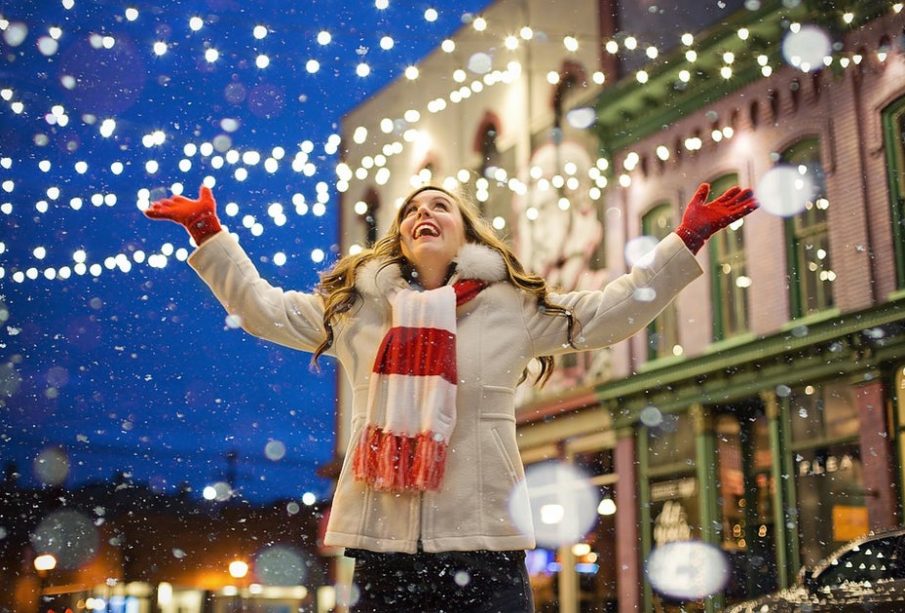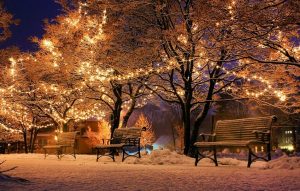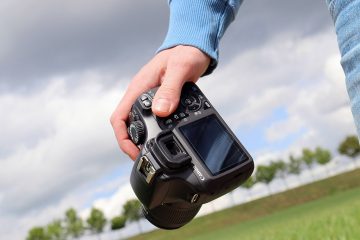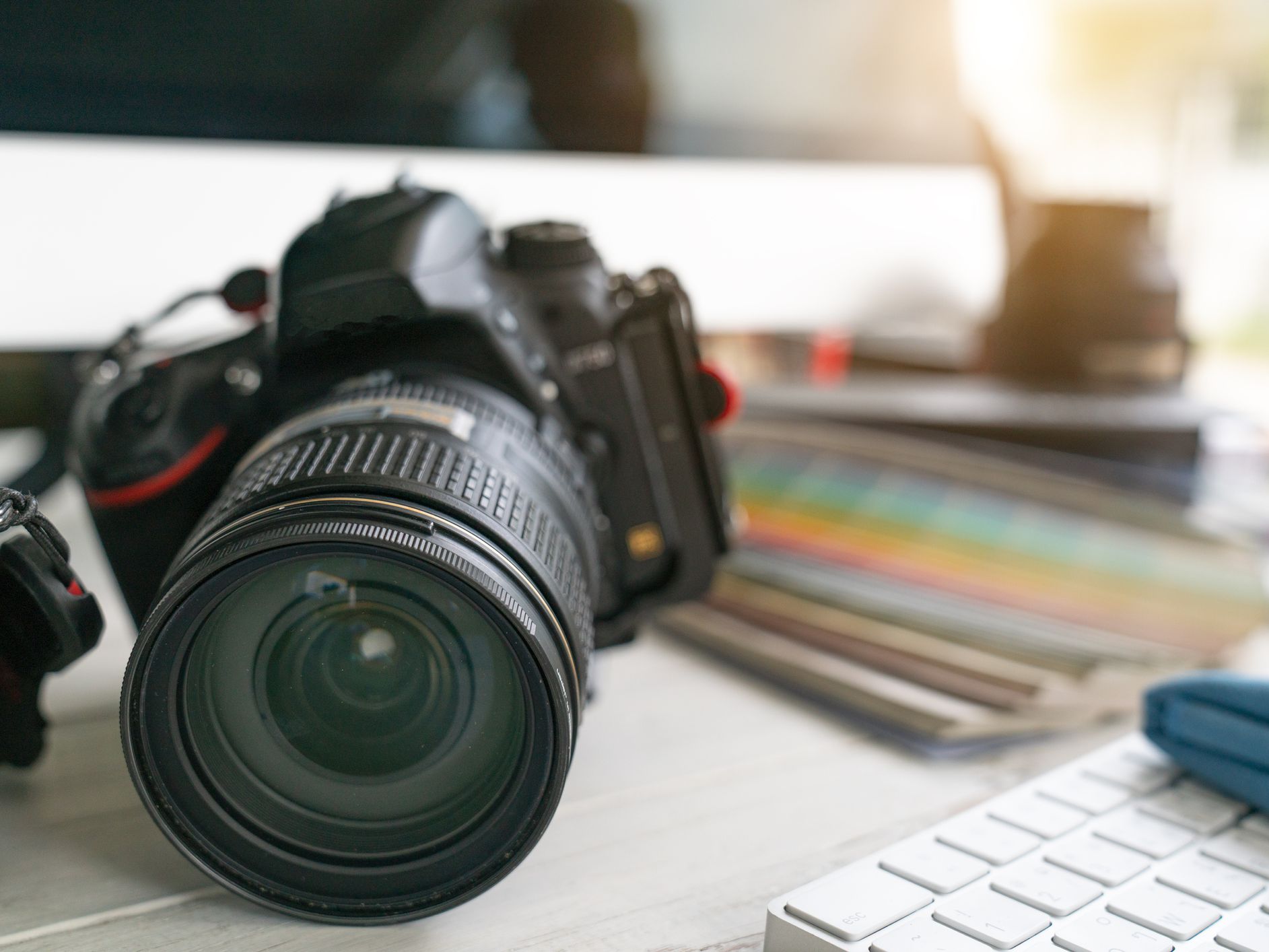Christmas Light Photography Tips

Many religions and cultures around the globe celebrate lights at this time of year. Although the rituals of each culture may explain the use of candles and lights, most scholars agree that the lights were the first to be used. The explanations came later. Since humans have had control over fire, light has been used to illuminate darkness, especially during winter, rather than to curse it.

The Yule log, tree lights, candles and Yule log are explained by Christians in terms of Christ’s birth and the Star of Bethlehem. These lights have such an impact that, if they are not the explanation, Shinto Japan and Buddhist Japan are ablaze with decorations and lights at “Christmas Time.” Hanukkah, the “Festival of Lights,” is celebrated around the globe by Jews. Photographing holiday lights in the dark was difficult years ago because of the lack of sensitive film. For example, they had trouble recording images in low light.
Technology has solved these problems. Many DSLRs can be set at ISO 800, 1600 or higher with very little noise. Today’s photographers rely on auto exposure with their point-and shoots or SLRs. Today’s auto-exposure cameras can give accurate readings in low light, unlike the old light meters that were easily fooled by low-light conditions. This is important because holiday lights look best when they are not lit up. This is actually Rule One for taking good photos of holiday lights. Turn off your flash to get the best holiday lights pictures. You will not need to add light on all occasions. This brings us to the question: When is it okay to use your flash and when should it be avoided?
Let’s not forget one thing if you are taking pictures without flash. You will probably need a slow shutter speed. To avoid camera shake, you might need to mount your camera on an unmoving solid surface. It is recommended to use a tripod. What else could you use your flash for? Let’s suppose that your subject is your children under the tree. How will you light their faces? You may find that the Christmas tree lights provide enough light and add a soft glow to their cheeks. Perhaps it’s Christmas morning and the lights are being illuminated by the window-light. These situations don’t require flash. On the other hand, you might not have enough light to see their faces. You may need to use your flash. You need to know which direction you should go.
Another approach is to take both sides of the subject and then choose the best one. Our recommendation is to plan ahead and measure your subject. Make sure you follow Guideline 1 of the Three NYI Guidelines to Great Pictures. This is to choose your subject first before doing anything else. This is something you can learn at the photography school. You have decided that the subject of your photo is the children’s faces. Guideline 2 is to draw attention towards your subject. You can draw attention to your subject by making sure they are well-exposed. Measure the light falling on their faces when they are near the lighted tree. Measure just their faces by getting close! Shoot it if there is enough light to take a well-exposed photo. Use your flash if there isn’t enough light to take a well-exposed picture.
Let’s now go outside. Outdoor photography subjects include intricate lighting and decorations on streets, shops, and houses. If you are trying to capture the lights, your flash should not be used. Another tip for outdoor lights: You’ll get better results if you shoot at night. This will allow you to capture more color than the darkened skies that will later be captured on film. What if you want to photograph your friend in front a brightly lit display.
Photo by Patrick Emerson.
Both the bright lights and your friend should be captured. You can get your friend if you use flash but you risk reducing the brightness of the bright lights. If you don’t use flash you can get more detail from the lights, but your friend will be reduced to a silhouette.
There is an answer. There’s an answer.
This setting tells your camera that you want the flash on (which will illuminate your friend in front of the camera), but also that the lens should remain open long enough for you to capture the lights in the background. This setting is actually a hieroglyph, which is the symbol on many cameras. It tries to show that you want the flash to fire (which will light your friend in the foreground), but also that the lens should remain open long enough to capture the lights in the background. The flash exposes your face. The flash is captured by the long exposure. Be careful. To avoid camera shake, the long exposure is typically one-quarter of an second in length. We recommend that you use a tripod.
These are the four best tips to capture holiday shots in this season of light.
- If you don’t have a good reason to use your flash, turn it off.
- We recommend ISO 800 as a fast ISO.
- Avoid camera shake.
- Brace your camera with a tripod. Trust the built-in meter of your camera.




